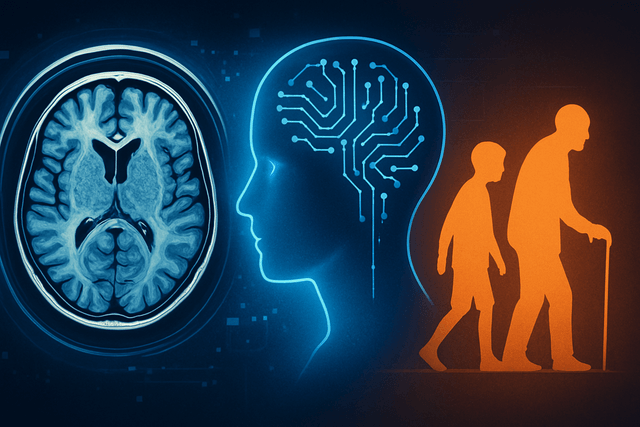Scientists have developed sophisticated artificial intelligence models capable of predicting brain age with remarkable accuracy using standard MRI scans, according to research published in Nature Communications on July 5, 2025.
The study demonstrates how deep learning algorithms, particularly convolutional neural networks (CNNs), can analyze structural brain MRI data to estimate a person's biological brain age. Unlike previous approaches that relied on pre-extracted features, these AI models learn directly from raw MRI data, capturing subtle patterns that might otherwise go undetected.
The difference between AI-predicted brain age and chronological age, known as the brain age gap (BAG) or predicted age difference (PAD), serves as a powerful biomarker for brain health. A positive gap—where predicted age exceeds chronological age—has been associated with cognitive impairments, increased risk of neurodegenerative diseases, and poorer physical and mental fitness outcomes.
"The brain age gap provides a means of quantifying an individual's brain health by measuring deviation from the normative aging trajectory," explains the lead researcher. "This could help identify people at risk for conditions like Alzheimer's or Parkinson's disease years before symptoms appear."
The research team trained their models on thousands of healthy subjects' brain scans before validating on independent datasets. The models achieved impressive accuracy with mean absolute errors as low as 4-5 years. Importantly, the technology demonstrated strong reliability across different scanning equipment and protocols.
This advancement represents a significant step toward personalized brain health monitoring. As the global population ages, such tools could prove invaluable for early intervention strategies, potentially allowing clinicians to implement preventive measures before irreversible neurodegeneration occurs. The researchers have already begun exploring applications in clinical settings, with promising preliminary results for predicting cognitive decline.

